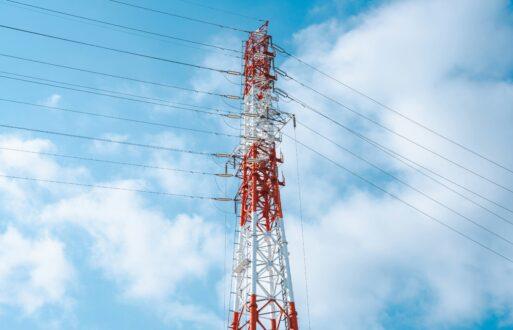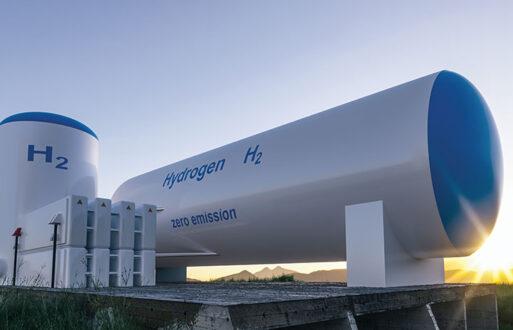Disclaimer: This blog post, which answers “What recent interconnection reforms has SPP implemented, and how do they impact market participants?,” was generated using PCI’s ISO/RTO Documentation AI Chatbot, powered by ChatGPT. While the content is based on curated market documentation, it is intended for informational purposes only and may not reflect the most up-to-date or comprehensive information. We recommend verifying any key details directly with relevant sources before making business decisions.
For the latest answer to this question, generated live, visit our free ISO/RTO Documentation Chatbot.
The Southwest Power Pool (SPP) has recently implemented significant reforms to its generator interconnection process, aiming to streamline operations and address longstanding challenges in managing its interconnection queue. These changes, which include the adoption of cluster studies, new withdrawal penalties, financial readiness requirements, and updated queue management rules, are reshaping how developers, transmission owners, and other market participants navigate the interconnection process.
In this blog post, we’ll explore the key changes to SPP’s generator interconnection process, how they’re designed to improve efficiency, and what they mean for project developers, transmission owners, and overall project timelines.
ISO/RTO Documentation Chatbot
Use our AI to search Business Practice Manuals from ISO/RTO markets at no cost.
Why SPP reformed its interconnection process
SPP’s generator interconnection queue has faced mounting pressure in recent years, with a surge in renewable energy projects and other generation proposals. This influx created bottlenecks, delayed project timelines, and increased uncertainty for developers. To address these challenges, SPP introduced reforms aimed at improving queue management, reducing delays, and ensuring financial accountability among participants.
The reforms were driven by the need to balance the growing demand for interconnection with the operational realities of SPP’s transmission system. By implementing these changes, SPP hopes to create a more predictable and efficient process for all stakeholders.
Key changes to SPP’s generator interconnection process
Shift to cluster studies: One of the most notable changes is the transition from a serial study process to a cluster study approach. Under the cluster study model, interconnection requests are grouped together and studied collectively, rather than individually. This shift allows SPP to evaluate the cumulative impact of multiple projects on the transmission system, streamlining the study process and reducing redundancy. For developers, this means faster study timelines and a clearer understanding of shared upgrade costs.
Introduction of withdrawal penalties: To discourage speculative interconnection requests and ensure serious participation, SPP has introduced withdrawal penalties. These penalties are designed to hold developers accountable for their requests and reduce the number of projects that drop out of the queue after studies have begun. While this adds financial risk for developers, it also helps stabilize the queue and improve planning for transmission owners.
Financial readiness requirements: SPP now requires developers to demonstrate financial readiness at various stages of the interconnection process. This includes providing financial security deposits and meeting specific milestones to remain in the queue. These requirements aim to filter out speculative projects and ensure that only viable proposals move forward, benefiting both developers and transmission owners by reducing uncertainty.
Enhanced queue management rules: SPP has also updated its queue management rules to improve transparency and efficiency. These changes include stricter deadlines for submitting required information, clearer communication protocols, and more robust tracking of project progress. For market participants, these updates provide greater clarity and accountability throughout the interconnection process.
How these changes impact market participants
For developers, the reforms bring both opportunities and challenges. The cluster study approach and improved queue management can lead to faster timelines and more predictable costs, but the financial readiness requirements and withdrawal penalties add new layers of risk. Developers will need to carefully evaluate their projects and ensure they’re prepared to meet SPP’s stricter requirements.
For transmission owners, the reforms provide greater visibility into the interconnection process and reduce the uncertainty caused by speculative projects. This allows for better planning and coordination of transmission upgrades, ultimately supporting grid reliability and efficiency.
For the broader market, these changes are expected to improve the overall efficiency of SPP’s interconnection process, enabling faster integration of new generation resources and supporting the transition to a cleaner energy mix.
What this means for the future of SPP’s interconnection process
SPP’s recent reforms mark a significant step forward in addressing the challenges of managing its interconnection queue. By adopting a cluster study approach, introducing financial readiness requirements, and enhancing queue management, SPP is creating a more efficient and transparent process for all stakeholders. While these changes may require developers to adapt their strategies, they ultimately pave the way for a more reliable and sustainable energy future.
As the energy landscape continues to evolve, SPP’s commitment to improving its interconnection process will play a critical role in supporting the growth of renewable energy and other generation resources. Market participants who understand and adapt to these changes will be better positioned to succeed in this dynamic environment.
For the latest answer to this question, generated live, visit our free ISO/RTO Documentation Chatbot.







